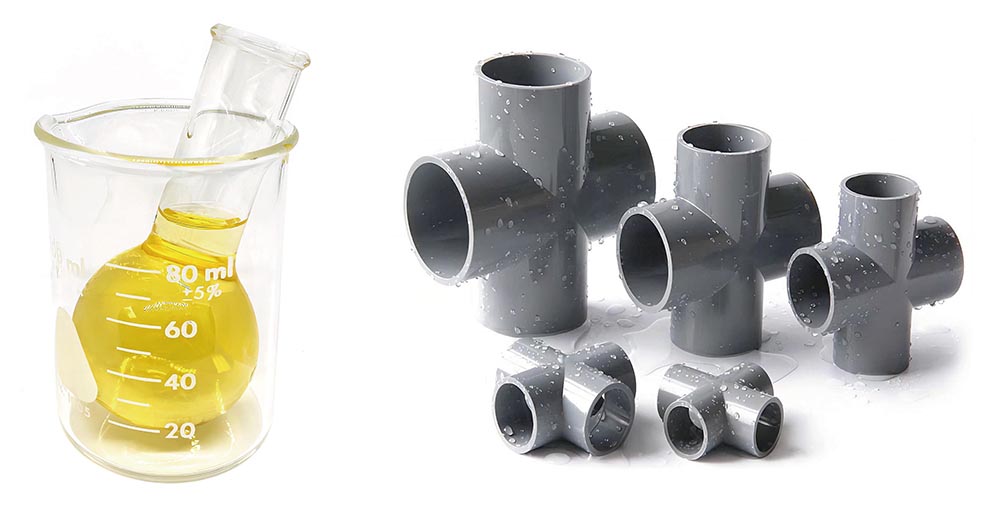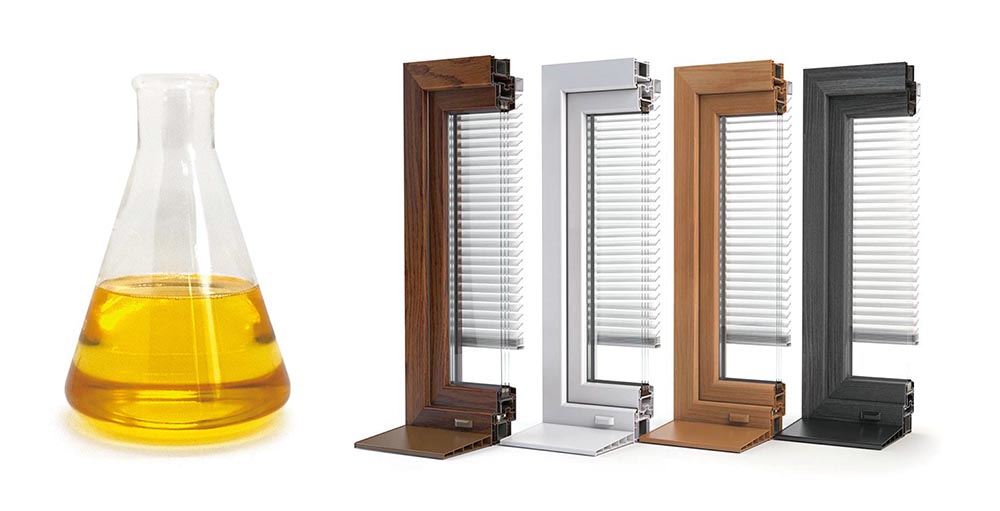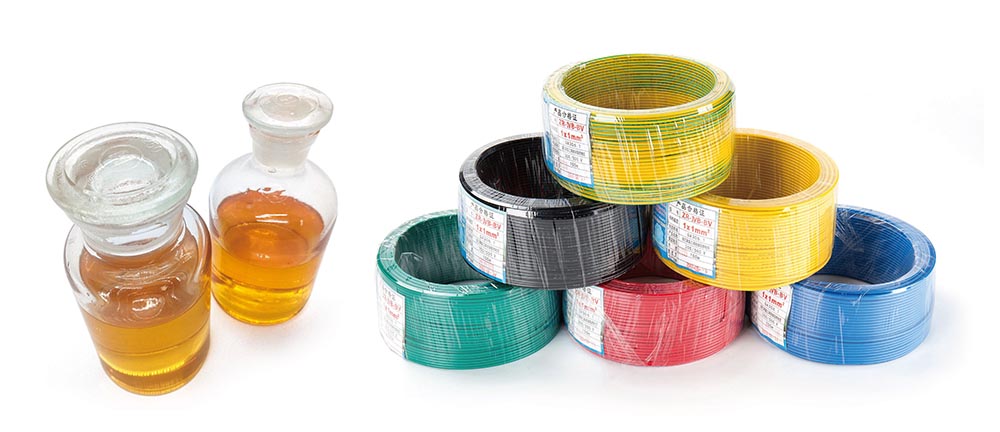As the backbone of modern infrastructure, PVC (polyvinyl chloride) touches nearly every aspect of daily life—from pipes and window frames to wires and automotive components. Behind its durability lies an unsung hero: PVC stabilizers. These additives protect PVC from heat, UV rays, and degradation, ensuring products last decades. But as industries evolve, so must stabilizers. Let’s explore the future trends reshaping this critical market.
1. Regulatory Pressures Drive a Shift to Non-Toxic Alternatives
The End of Lead‘s Reign
For decades, lead-based stabilizers dominated due to their low cost and high performance. However, mounting health concerns—especially in children—and environmental regulations are accelerating their decline. The EU’s REACH Regulation, effective November 2024, bans PVC products with lead content ≥0.1%. Similar restrictions are spreading globally, pushing manufacturers toward calcium-zinc (Ca-Zn) and barium-zinc (Ba-Zn) stabilizers.
Calcium-Zinc: The Eco-Friendly Standard
Ca-Zn stabilizers are now the gold standard for eco-conscious industries. They’re free of heavy metals, comply with REACH and RoHS, and offer excellent UV and heat resistance. By 2033, calcium-based stabilizers are projected to capture 31% of the global market, driven by demand in residential wiring, medical devices, and green building projects.
Barium-Zinc: Tough for Extreme Conditions
In harsh climates or industrial settings, Ba-Zn stabilizers shine. Their high-temperature tolerance (up to 105°C) makes them ideal for automotive wiring and power grids. Though they contain zinc—a heavy metal—they’re still far safer than lead and widely used in cost-sensitive applications.
2. Bio-Based and Biodegradable Innovations
From Plants to Plastics
The push for circular economies is spurring research into bio-based stabilizers. For example:
Epoxidized vegetable oils (e.g., sunflower or soybean oil) act as stabilizers and plasticizers, reducing reliance on petroleum-derived chemicals.
Tannin-calcium complexes, derived from plant polyphenols, offer thermal stability comparable to commercial stabilizers while being fully biodegradable.
Degradable Solutions for Waste Reduction
Innovators are also developing soil-biodegradable PVC formulations. These stabilizers allow PVC to break down in landfills without releasing harmful toxins, addressing one of PVC’s biggest environmental criticisms. While still in early stages, these technologies could revolutionize packaging and disposable products.
3. Smart Stabilizers and Advanced Materials
Multi-Functional Additives
Future stabilizers may do more than just protect PVC. For instance, ester thiols—patented by William & Mary researchers—serve as both stabilizers and plasticizers, simplifying production and reducing costs. This dual functionality could redefine PVC manufacturing for applications like flexible films and medical tubing.
Nanotechnology and Precision Engineering
Nanoscale stabilizers, such as zinc oxide nanoparticles, are being tested to enhance UV resistance and thermal stability. These tiny particles distribute evenly in PVC, improving performance without compromising transparency. Meanwhile, smart stabilizers that self-adjust to environmental changes (e.g., heat or moisture) are on the horizon, promising adaptive protection for dynamic applications like outdoor cables.
4. Market Growth and Regional Dynamics
A $6.76 Billion Market by 2032
The global PVC stabilizer market is growing at a 5.4% CAGR (2025–2032), fueled by construction booms in Asia-Pacific and rising EV demand. China alone produces over 640,000 metric tons of stabilizers annually, driven by infrastructure projects and urbanization.
Emerging Economies Lead the Charge
While Europe and North America prioritize eco-friendly solutions, developing regions like India and Southeast Asia still rely on lead-based stabilizers due to cost constraints. However, stricter regulations and falling prices for Ca-Zn alternatives are accelerating their transition.
5. Challenges and the Path Forward
Raw Material Volatility
Fluctuating crude oil prices and supply chain disruptions pose risks to stabilizer production. Manufacturers are mitigating this by diversifying suppliers and investing in bio-based feedstocks.
Balancing Performance and Cost
Bio-based stabilizers often come with higher price tags. To compete, companies like Adeka are optimizing formulations and scaling production to lower costs. Meanwhile, hybrid solutions—combining Ca-Zn with bio-additives—offer a middle ground between sustainability and affordability.
The PVC Paradox
Ironically, PVC’s durability is both its strength and weakness. While stabilizers extend product lifespans, they also complicate recycling. Innovators are addressing this by developing recyclable stabilizer systems that remain effective even after multiple reuse cycles.
Conclusion: A Greener, Smarter Future
The PVC stabilizer industry is at a crossroads. Regulatory pressures, consumer demand for sustainability, and technological breakthroughs are converging to create a market where non-toxic, bio-based, and smart solutions will dominate. From calcium-zinc in EV charging cables to biodegradable blends in packaging, the future of PVC stabilizers is brighter—and greener—than ever.
As manufacturers adapt, the key will be balancing innovation with practicality. The next decade will likely see a surge in partnerships between chemical companies, researchers, and policymakers to drive scalable, eco-conscious solutions. After all, the true measure of a stabilizer’s success isn’t just how well it protects PVC—but how well it protects the planet.
Stay ahead of the curve: Invest in stabilizers that future-proof your products while meeting the world’s growing sustainability goals.
For more insights on PVC innovations, subscribe to our newsletter or follow us on LinkedIn.
Post time: Aug-12-2025




